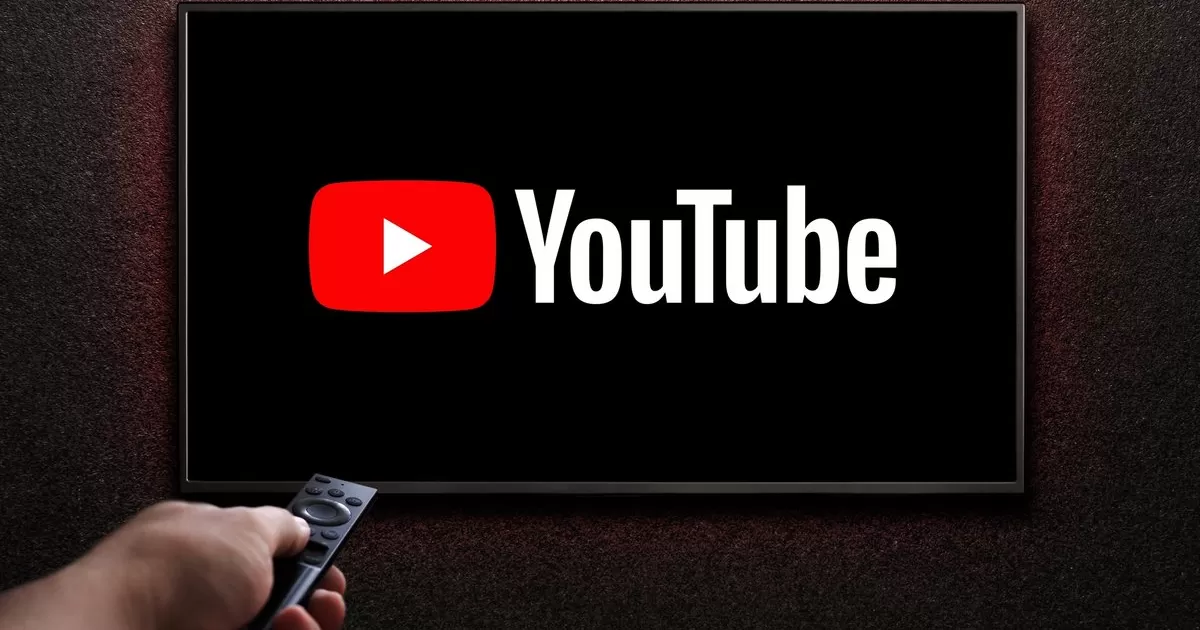
Why is the volume so low on so many YouTube videos?
🔉 Why Is the Volume So Low on So Many YouTube Videos?
Have you ever played a YouTube video, only to realize you need to turn your volume all the way up just to hear it properly? Then, the next video blasts your speakers? You're not alone. Many viewers report this frustrating issue across countless channels and content types. But what causes it—and more importantly, how can you fix or avoid it?
🎯 The Real Problem with YouTube Audio
Low volume on YouTube isn’t random. It usually stems from inconsistent audio practices by creators, automated volume management by YouTube, and differences in playback devices. What you’re hearing is the result of several overlapping issues in recording, editing, and playback—not your device malfunctioning.
📉 Common Reasons Why YouTube Videos Sound Too Quiet
- 🎛️ Poor audio mixing: Many creators—especially beginners—upload videos without properly adjusting voice, background music, or effects. As a result, the primary audio can be barely audible.
- 🎧 Weak recording equipment: Low-quality microphones capture audio with less clarity and volume, resulting in quiet or muffled voice tracks.
- 🧪 No loudness normalization before upload: If the content isn’t mastered to a standard loudness level (typically around -14 LUFS), it may play significantly quieter than other content.
- 📉 YouTube's automatic normalization: YouTube reduces audio levels for videos that are too loud, but it won’t increase volume for those that are too soft. That leads to inconsistent results.
🎙️ Understanding YouTube’s Loudness Normalization
Since 2016, YouTube has applied a process called loudness normalization. Its goal is to ensure all videos sound relatively equal in volume. This is great in theory, but it doesn’t solve everything. If a video is already quiet, YouTube won’t boost its volume—it will leave it as-is. That’s why videos mastered at lower levels sound far softer than others.
👨💻 Tips for Viewers: How to Boost Quiet YouTube Videos
If you’re a viewer struggling with low audio levels, here are a few practical solutions:
- Use browser extensions: Tools like “Volume Master” or “Audio Equalizer” allow you to amplify sound directly within your browser.
- Plug in headphones: They typically offer better clarity and higher volume output than built-in speakers.
- Adjust app and system audio settings: Ensure YouTube isn’t limited in your device’s volume mixer or system settings.
- Enable loudness normalization: Some devices and apps offer system-wide audio leveling—this can improve your listening experience across the board.
📹 Tips for Creators: Avoid Quiet Uploads
For content creators, sound quality can make or break engagement. Quiet videos often result in lower watch times and reduced retention. Here's how to prevent that:
- Use a high-quality microphone: Even a basic USB condenser mic offers significantly better audio capture than a built-in laptop mic.
- Target -14 LUFS: This is YouTube’s loudness reference level. Mixing to this standard ensures your video won’t be turned down by YouTube—nor will it sound too quiet.
- Balance all audio elements: Keep your voice clear above background music and effects. Use audio meters while editing to prevent peaking or distortion.
- Apply compression and limiting: Compression smooths out loud and soft parts, while a limiter ensures your audio doesn’t exceed a certain threshold—resulting in a tighter, more professional mix.
⚠️ Why YouTube Doesn’t Auto-Fix Low Audio
Some might ask: why doesn’t YouTube just boost the audio automatically if it’s too quiet? The reason is audio fidelity. Increasing volume after upload can cause distortion or amplify background noise. Instead, YouTube leaves softer videos untouched to preserve sound quality—placing the responsibility on creators to upload audio at proper levels.
📌 Final Thoughts
Low YouTube volume is more than just an annoyance—it’s a side effect of poor audio practices and platform limitations. While YouTube does its part with normalization, the best results come from creators mastering their content properly and viewers using the right tools to control their experience.
If you're a creator, take time to learn basic audio engineering—it pays off in viewer satisfaction. And if you're a viewer, remember that some smart tools and settings can make even quiet videos easier to enjoy.
Have a tip, tool, or experience with low YouTube audio? Drop a comment below—we’d love to hear from you. 🔽
Comments (0)
No comments yet. Be the first to comment!
Leave a Comment